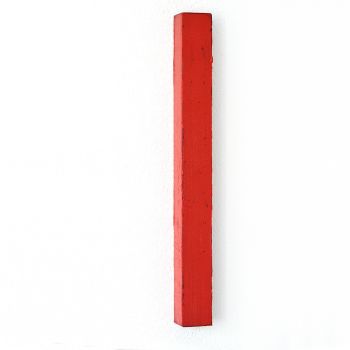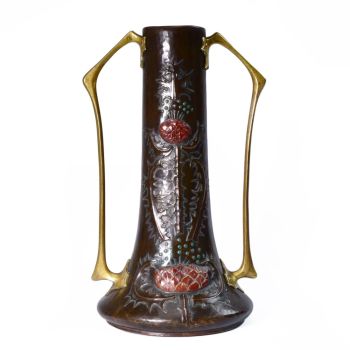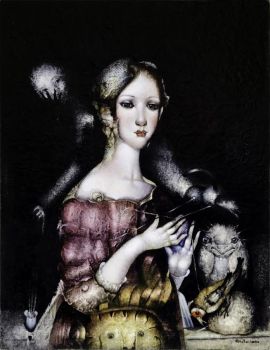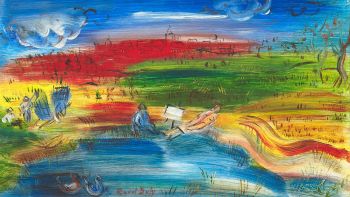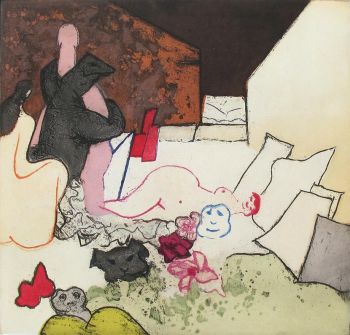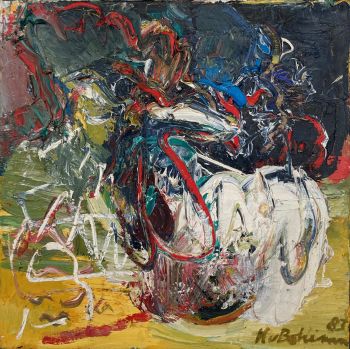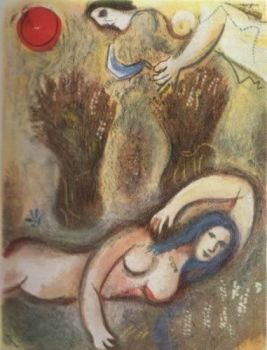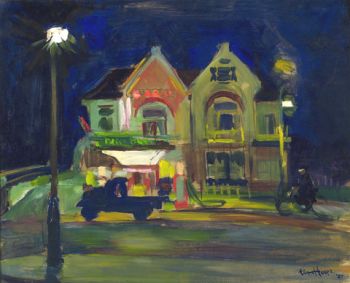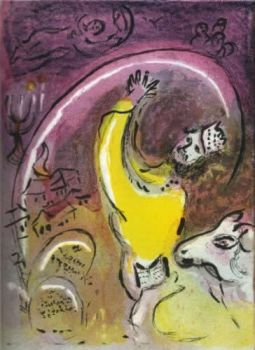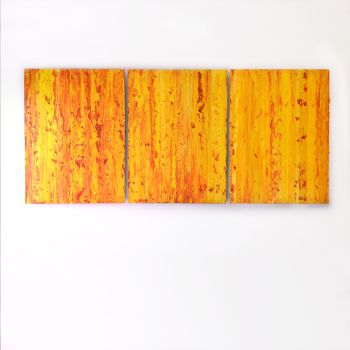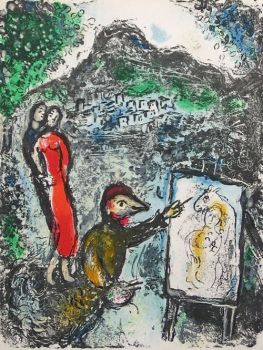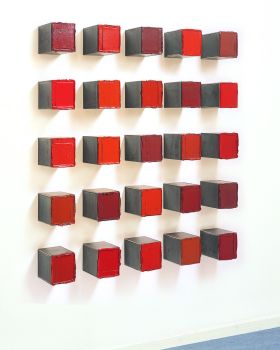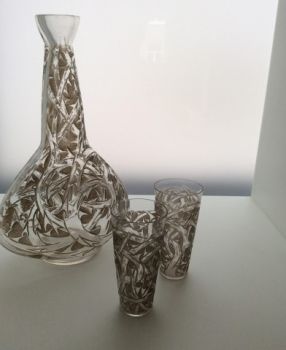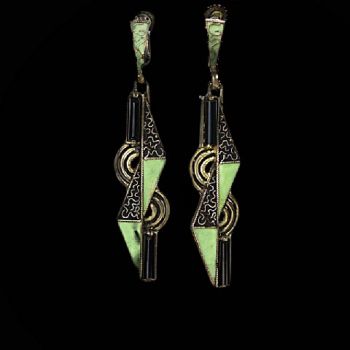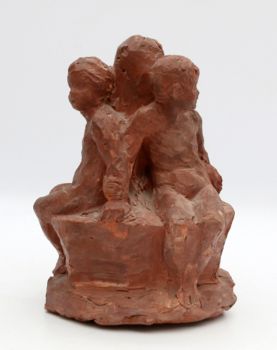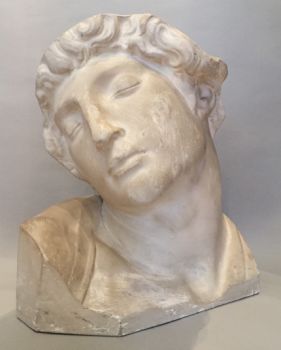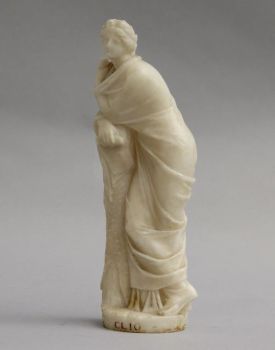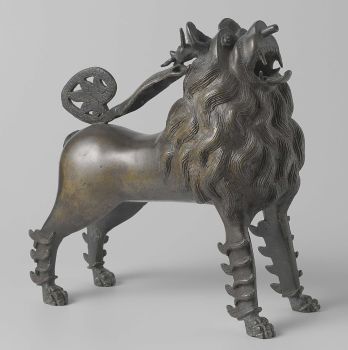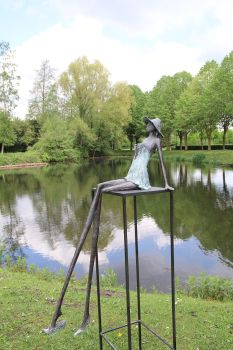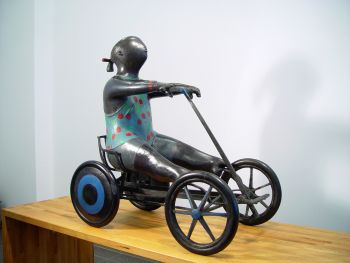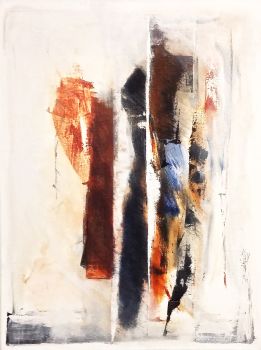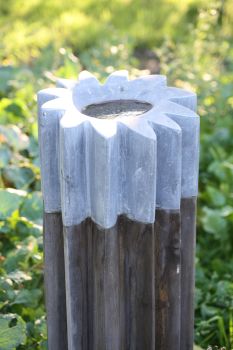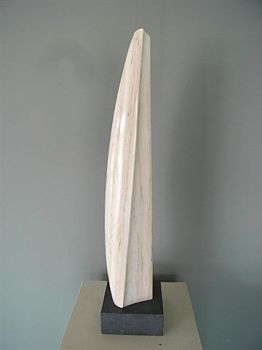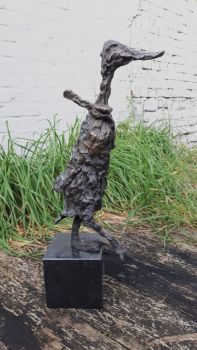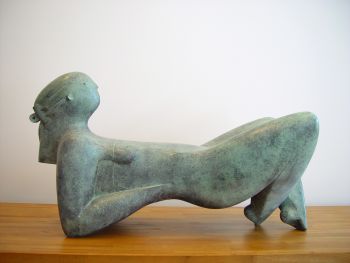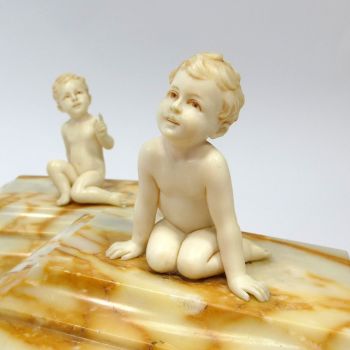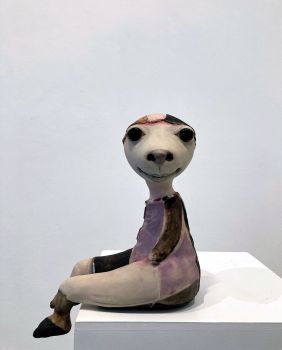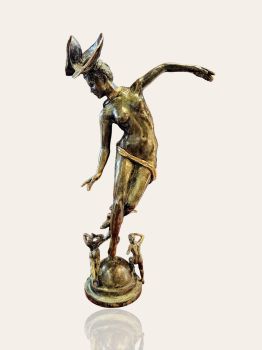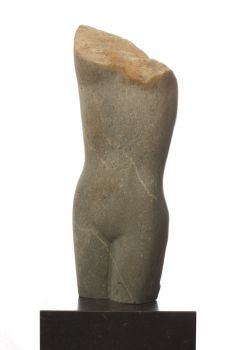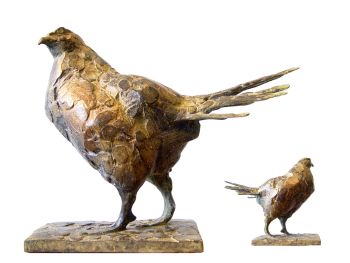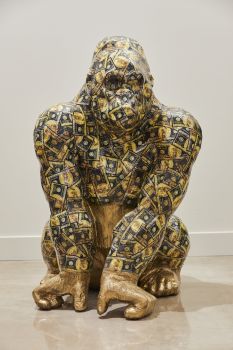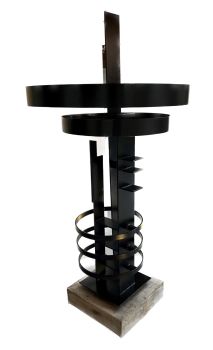About the artist
Born in Metz in 1855, Hannaux was a notable French sculptor whose artistic journey began at the industrial school in Strasburg. However, when the Franco-Prussian war erupted in 1870, he returned to Metz. To remain in France, he relocated to Nancy, where he pursued his studies at the Ecole de Modelage et de Sculpture. To support himself, he honed his skills by crafting pipes.
In 1876, Hannaux made his way to Paris, gaining admission to the Ecole des Beaux-Arts and studying under renowned instructors like Dumont, Thomas, and Bonassieux. His artistic talent shone at the Salon of 1889 when he received a third medal for his work "Le Bûcheron." That same year, he was honored with a second medal for his patriotic creation, "Le Drapeau," which can now be found in the Draguignan Museum. In 1894, Hannaux earned his first medal for "Orphée Mourant," exhibited at the Luxembourg Museum. The French government acquired his piece "Fleur du Sommeil" for the Puy Museum.
Hannaux's skill in sculpting extended to crafting well-known busts, including those of the Bishop of Metz, Dupont des Loges, Dr. Pinel, Ambroise Thomas, as well as the academicians Henri Weil and Joseph Derenbourg, Mme. Coralie Cahen, and the Baroness de Hirsch.
In 1900, Hannaux received the prestigious distinction of becoming a chevalier of the Legion of Honor. He was entrusted with the task of creating bas-reliefs for the Château d'Eau at the 1900 exposition. His excellence continued to be acknowledged at the Salon of 1903 when he was awarded the "Médaille d'Honneur."

